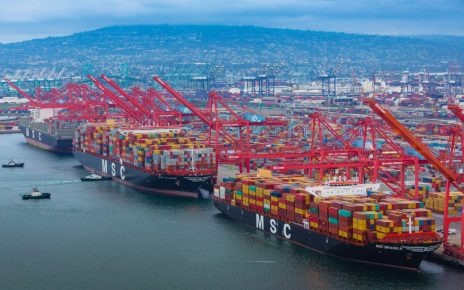The charter market, an integral part of the global maritime industry, serves as a critical link in the transportation of goods across the world’s oceans. It provides shipowners, charterers, and other stakeholders with flexible options for shipping cargo efficiently and cost-effectively. In this article, we will explore the key concepts and provide an overview of the charter market, shedding light on its fundamental principles, types of charter agreements, and essential terminology.
Understanding the Charter Market
At its core, the charter market involves the hiring of vessels for the transportation of cargo. This market is dynamic, influenced by economic factors, trade patterns, and regulatory changes. Key participants in the charter market include shipowners, who own and operate vessels, and charterers, who hire these vessels for specific voyages or periods.
Types of Charter Agreements:
There are three primary types of charter agreements that govern the relationship between shipowners and charterers:
1. Time Charter: In a time charter agreement, the charterer hires the vessel for a specific period, typically several months or years. The charterer is responsible for covering the vessel’s operating costs, including crew wages and fuel. The shipowner retains ownership of the vessel but places it under the operational control of the charterer.
2. Voyage Charter: In a voyage charter agreement, the charterer hires the vessel for a particular voyage or journey. The shipowner continues to bear the vessel’s operating costs. The charterer pays freight charges based on factors like the distance traveled or the weight of the cargo loaded. This type of charter is often preferred for single or irregular voyages.
3. Bareboat Charter (Demise Charter): A bareboat charter is a unique arrangement where the charterer gains full control of the vessel, including navigation and operation. The charterer typically provides its crew and assumes responsibility for all aspects of the vessel’s operation. This charter type is akin to vessel leasing, and the charterer may have an option to purchase the vessel at the end of the charter period.
Key Charter Market Terminology:
Navigating the charter market requires familiarity with specific terminology and concepts. Here are some essential terms:
– Charter Party (CP): A charter party is a legally binding contract that outlines the terms and conditions of the charter. It specifies the vessel’s details, cargo, freight rates, laytime, and the responsibilities of both parties.
– Demurrage: Demurrage is a charge imposed on the charterer if they exceed the agreed-upon time for loading or unloading cargo. It compensates the shipowner for delays.
– Laytime: Laytime is the agreed-upon period during which the charterer has the right to load and unload cargo without incurring demurrage or detention charges.
– Deadfreight: Deadfreight refers to the unused space in a chartered vessel for which the charterer may be required to pay as part of the freight charges.
– Laycan (Layday/Canceling Date): Laycan is a specified period during which the charterer can nominate the vessel’s arrival for loading or discharge, including the earliest and latest allowable dates.
– Notice of Readiness (NOR): NOR is a notice issued by the vessel’s master to the charterer, indicating that the vessel is ready to commence loading or unloading cargo.
– Arbitration Clause: Charter parties often include an arbitration clause specifying the chosen method for dispute resolution in case of disagreements.
Conclusion
The charter market plays a pivotal role in the global maritime industry, facilitating the transportation of goods efficiently and economically. Understanding its key concepts, types of charter agreements, and essential terminology is vital for shipowners, charterers, and maritime professionals. In the dynamic world of international trade, mastering the charter market is essential for success and effective management of shipping operations.



